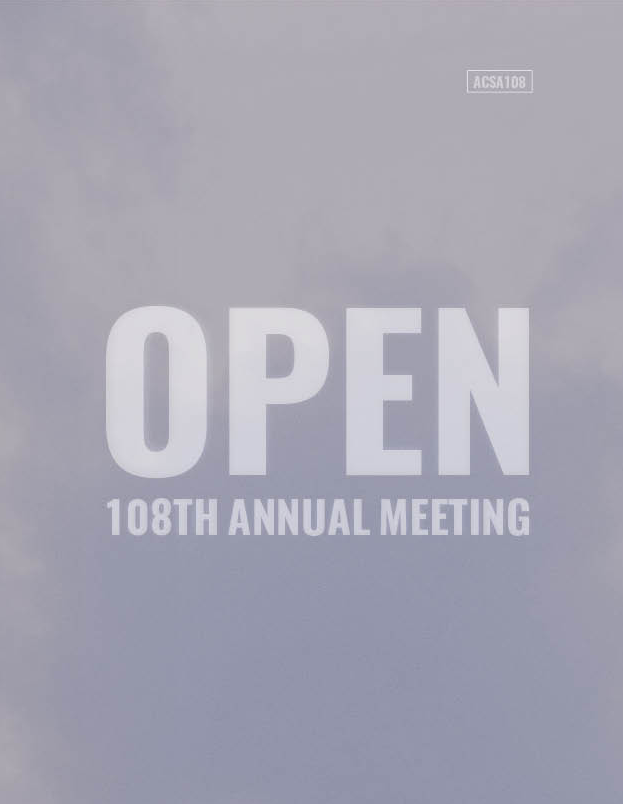Author(s): Benjamin Bross
As the phenomenon of globalization permeates across political and socio-cultural boundaries, one of its major effects is an increasingly homogenized spatial landscape. Lefebvre noted spatial production is “secreted” cultural production, so globalization is tantamount to an increasingly homogenized world culture. Designers who push back on spatial globalization eschew Modernism’s break from the past or Post-Modernism’s poly-narrative but literal u-topic emphasis, utilizing a design approach based on site-specific contextual and historic factors ranging from climate to socio-culturally produced typologies. Spatial typologies are synchronous with spatial production: their emergence, evolution and extinction exemplify a society’s material culture at specific places and times. e.g., nearly 46 centuries ago, Egyptian pyramids emerged as the salient funerary typology; thousands of years later, department stores typified the logic of capital, as the Industrial Revolution produced spaces that addressed the consumer demands of a growing bourgeoisie class. The emergence of Post-Modernism in arts and social sciences in the 1960s signaled a more liberating design approach because it embraced alternative design directions, including the reincorporation of traditional praxes of spatial production such as typologies. Rudofsky, in Architecture without Architects, reminded us that spatial production was not the exclusive domain of the formally trained designer but, more importantly, that vernacular space itself was a legible representation of a society’s values; typologies were once again important and merited documenting. Later, Pevsner noted in A History of Building Types “there is…no history of building types in existence.” Emulating the science of taxonomy, the paper proposes systematic criteria for identifying and categorizing typologies. In this approach, emphasis is placed on tracing changes in spatial morphologies over time, such that spatial relationships are revealed between earlier antecedent typologies and their contemporary iterations. This is possible because, like genetics, typologies reveal qualifying components that may illustrate iterative mutations, revealing “evolutionary drifts” or “selection processes.”
https://doi.org/10.35483/ACSA.AM.108.80
Volume Editors
ISBN
978-1-944214-26-5

 Study Architecture
Study Architecture  ProPEL
ProPEL 
